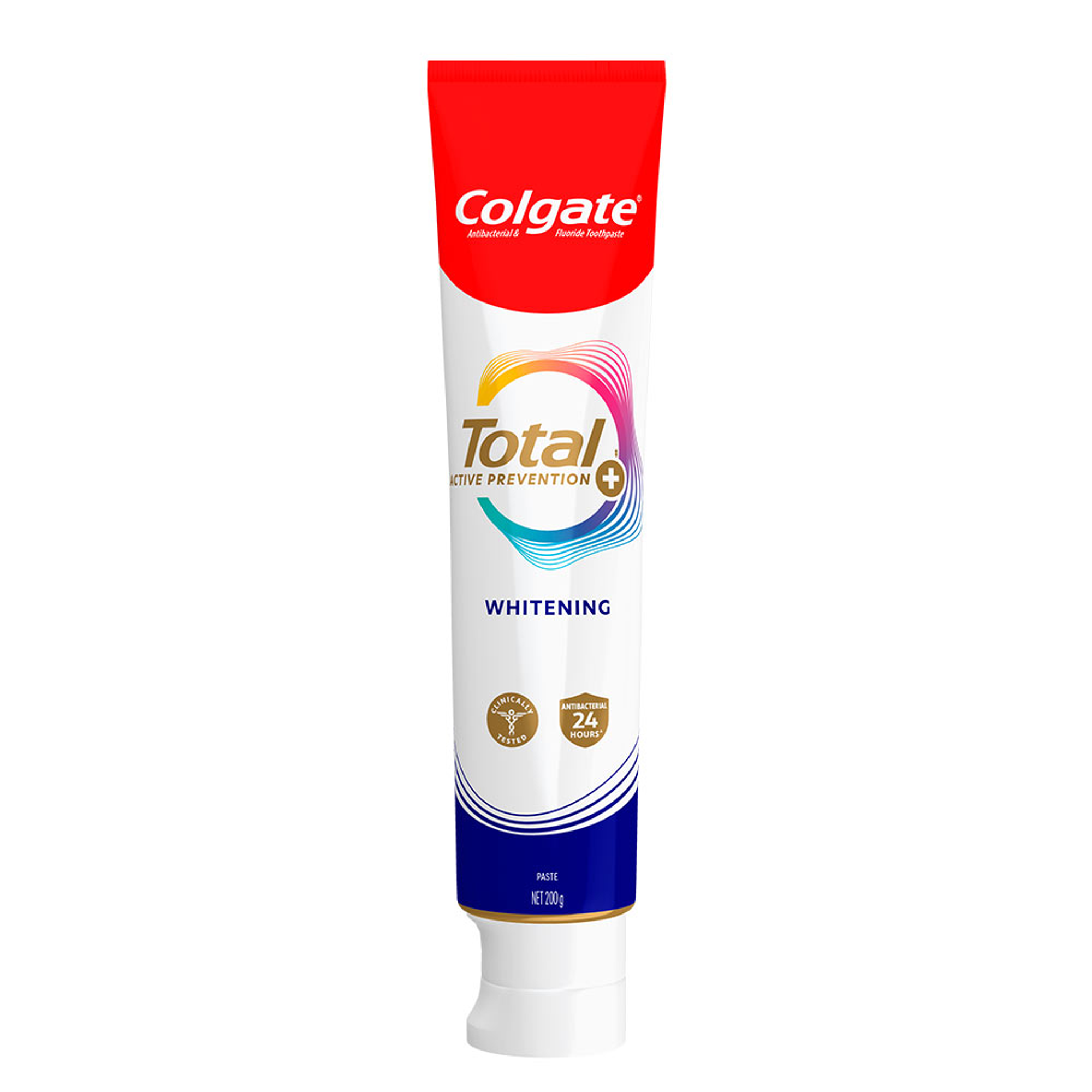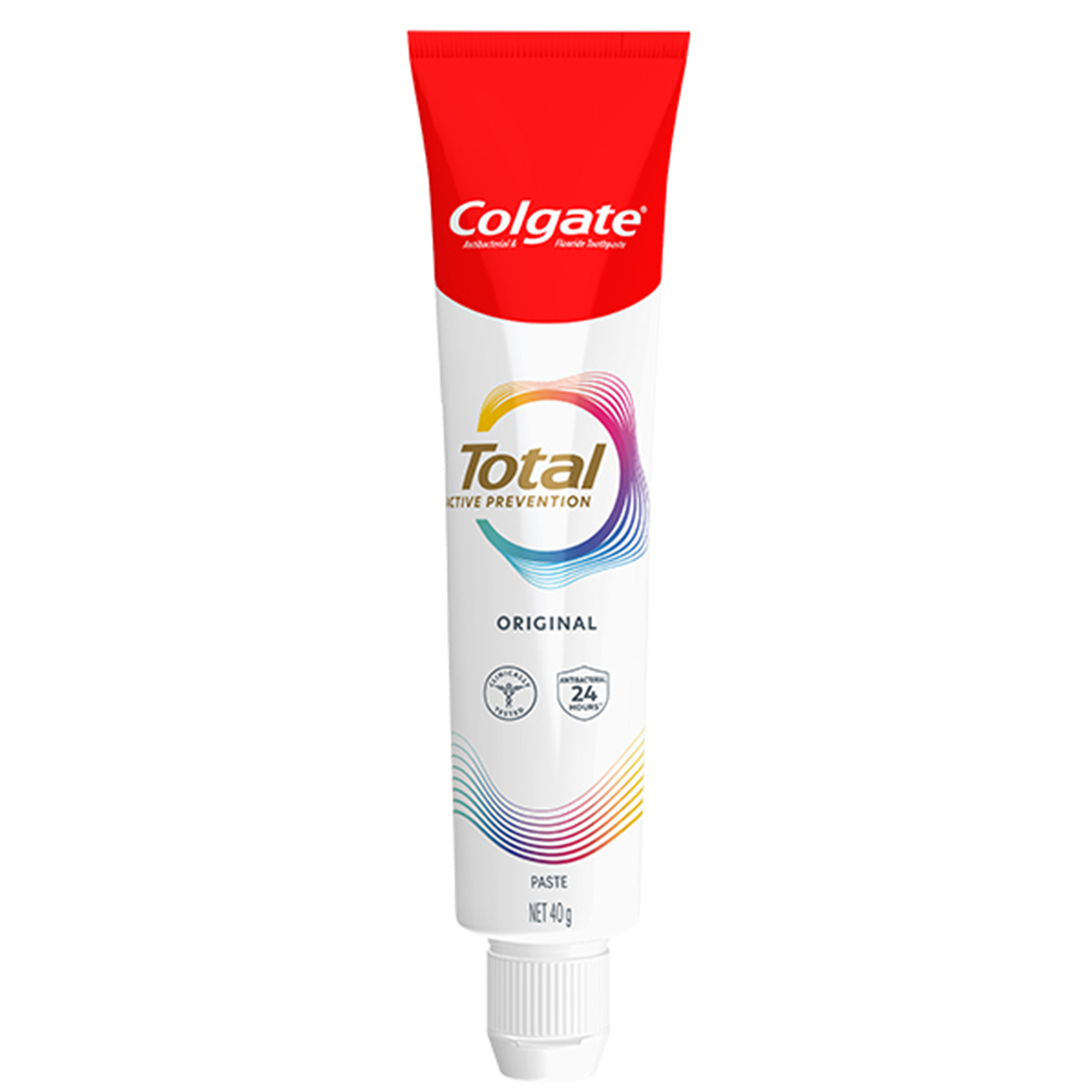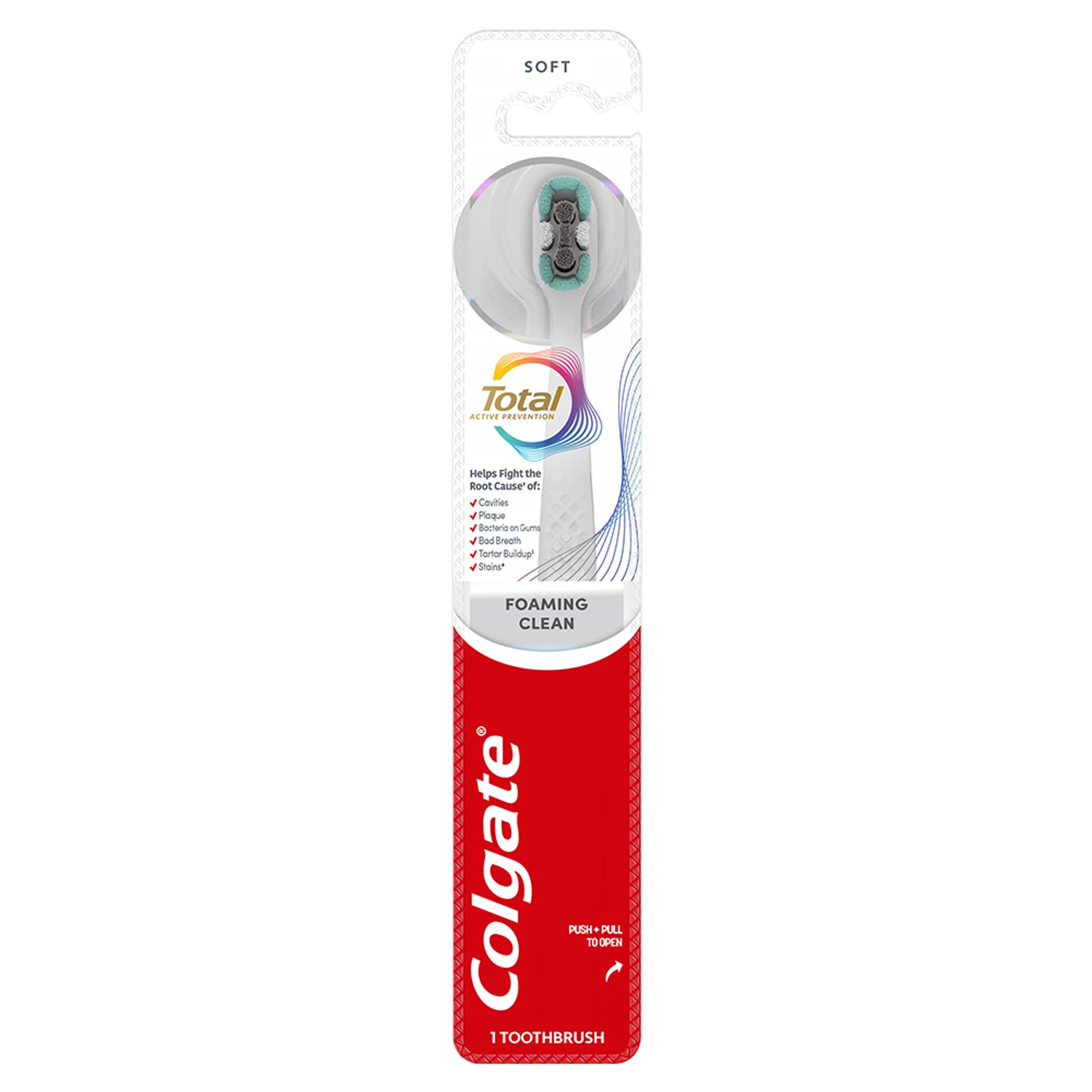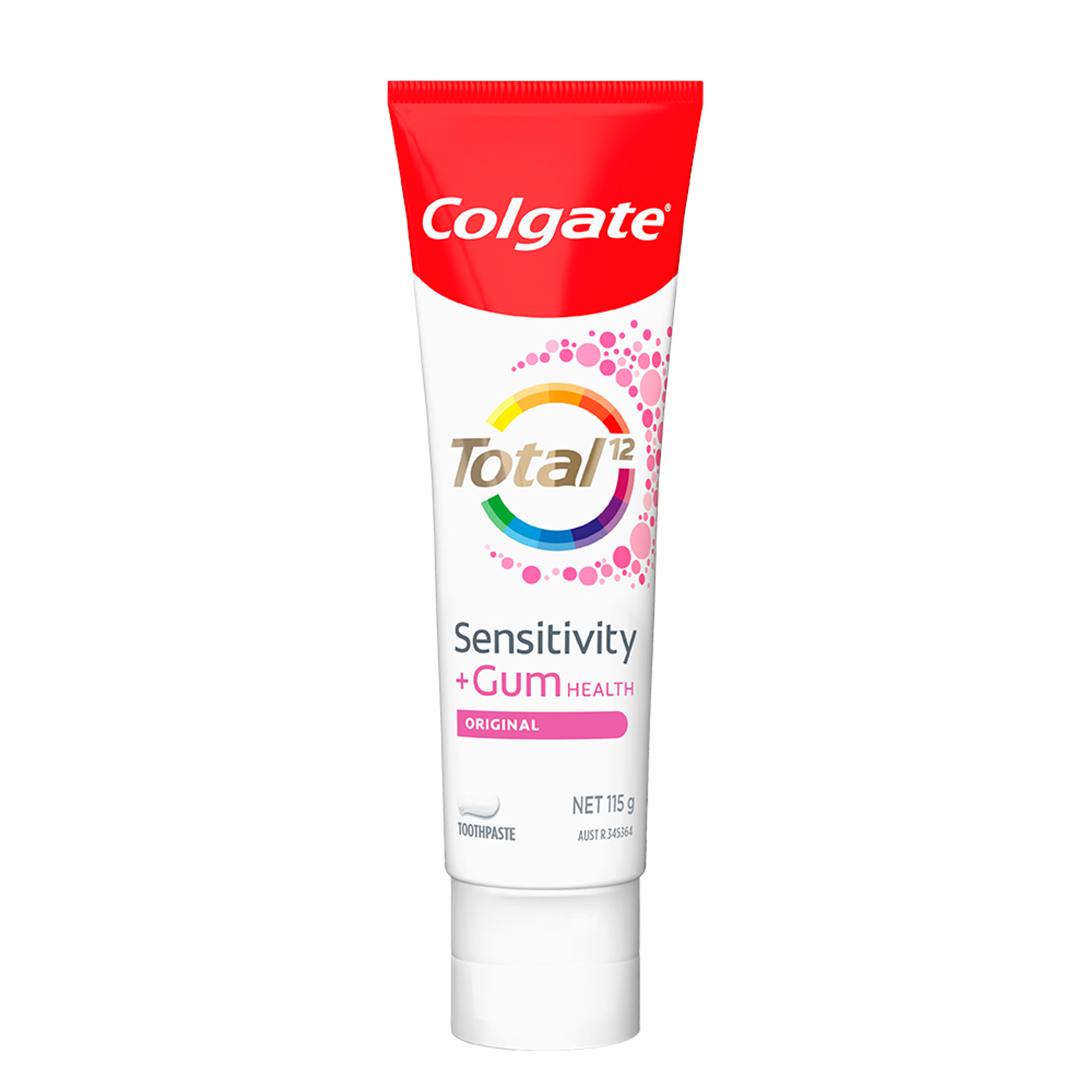Spotting the first signs of tooth decay
If you don't seek treatment promptly for tooth decay, it can progress through various stages that cause more discomfort and require more intensive dental work. However, depending on what stage of decay your teeth are in, there may be options available to stop or even reverse the damage. Learn to spot the signs now and join your dentist and hygienist in stopping plaque and tooth decay.
Tooth decay stages
Early decay
When tooth decay first develops, it can look like a white spot on the tooth. This discolouration occurs when acid pulls minerals from your tooth enamel, causing it to soften.
Unfortunately, since early tooth decay might not have any symptoms, detection may only be possible during a dental check-up. That's why it's important to schedule regular dentist visits.
Before you develop a cavity, there's still a chance tooth decay can be stopped or even reversed at this early stage. To accomplish this, your dental professional might recommend:
- Making the tooth enamel stronger with a product such as fluoride varnish or high-fluoride toothpaste.
- Protecting the teeth with fissure sealants.
More advanced decay (the cavity stage)
If early-stage tooth decay isn't treated, the softened enamel starts to break down, resulting in a cavity. At this point, it might not be possible to reverse the damage to the tooth. However, your dental professional can help you prevent further decay with various treatments, so see them right away if you think you have a cavity.
Treatment will depend on the size and location of the cavity. Your dental professional might recommend a filling, which involves removing the decayed portion of the tooth and restoring the area with a filling material. Larger cavities, though, might require crowns, tooth-coloured or gold caps that completely cover the teeth.
Advanced decay
If left untreated, your cavity can spread deeper into the dentine, the tooth layer beneath the enamel. Dentine is not as tough and durable as enamel, so decay can spread faster here. If the decay spreads even further, it can reach the pulp at the centre of the tooth, where all of the tooth’s nerves and blood vessels are.
Complications of untreated decay
Untreated decay that spreads deeply to the dentine or pulp can cause complications. Health Direct explains that you might experience symptoms in the affected teeth such as:
- A toothache.
- Prolonged sensitivity when you consume sweet, hot, or cold foods/drinks.
- Brown, black or white staining.
- Pain when biting.
- Red and swollen gums.
Health Direct explains that advanced tooth decay can also lead to infection and an abscess, where pus builds up around the infected tooth. Symptoms of an abscess might include:
- Severe toothache.
- Pus.
- Swelling of the gums, jaw or face and neck.
- Bad breath or a bad taste in your mouth.
- Fever.
- Difficulty swallowing or opening your mouth
In severe cases, it might not be possible to save the tooth and it will need to be removed.
Preventing tooth decay
The best course of action when it comes to tooth decay is prevention. Fortunately, you can reduce your risk of tooth decay with some positive lifestyle steps.
Start an oral hygiene routine.
Spending just five minutes a day on the following steps can go a long way towards preventing decay:
- Brush your teeth at least twice a day with fluoride toothpaste.
- Floss or clean between your teeth at least once a day.
- Rinse with a fluoride mouthwash (ask your dental professional for recommendations).
Eat a tooth-healthy diet.
Your diet, notes Better Health, can make a big difference to your oral health. Try:
- Eating fruits and vegetables, especially those of the fibre-rich variety, to get plaque-busting saliva flowing.
- Consume dairy products, such as cheese, yoghurt, and milk. Another saliva generator, dairy, also helps to reduce acidity in your mouth.
- Limit sugary, starchy or acidic foods and drinks. Can't avoid them? Then have them with meals when your mouth makes more saliva, which helps in reducing acid.
- Don’t brush immediately after eating/drinking something acidic, as your enamel is weak and more vulnerable to damage.
Ask your dental professional for more information about tooth-healthy food choices.
Have regular dental checkups
As you've read, regular visits are crucial so your dental professional can identify early-stage tooth decay and treat it before it gets worse. However, if you suspect you might already have a cavity, book an appointment now. Proactive care now will help to protect your smile in the long run!
This article is intended to promote understanding of and knowledge about general oral health topics. It is not intended to be a substitute for professional advice, diagnosis or treatment. Always seek the advice of your dentist or other qualified healthcare provider with any questions you may have regarding a medical condition or treatment.














